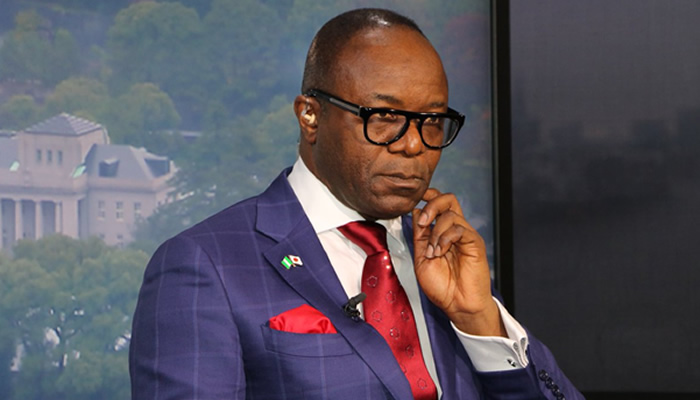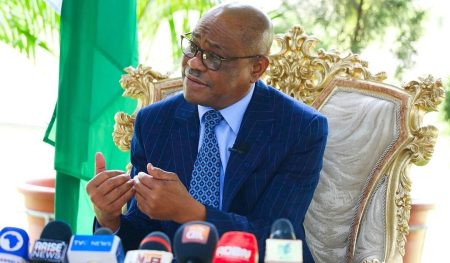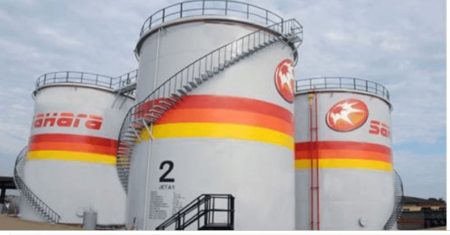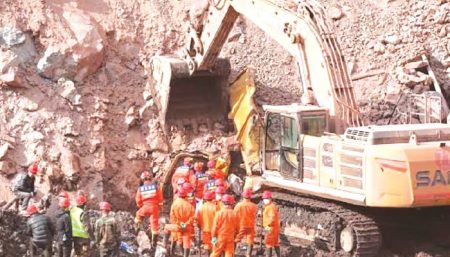During his tenure as Minister of State for Petroleum Resources, Ibe Kachikwu spearheaded an initiative to revitalize the Port Harcourt refinery, successfully restarting operations in 2015 using local expertise at a cost of under $40 million. His subsequent plan involved concessioning the refinery to private investors, including entities from Saudi Arabia, Qatar, and Nigerian consortiums, who had expressed keen interest. However, this proposal was rejected by then-President Muhammadu Buhari, hindering the refinery’s potential progress. Kachikwu believed that private sector involvement was crucial for the long-term sustainability and profitability of the refinery, advocating for a model where private entities would assume operational responsibilities, paying licensing fees and taxes to the government while investing the necessary capital for repairs and upgrades.
Following the unsuccessful privatization attempt, Kachikwu introduced the concept of co-location projects. This approach aimed to attract new investments by allowing private companies to establish operations within the existing refinery premises, sharing essential infrastructure such as storage facilities, pipelines, and terminals. This model would have fostered collaboration and optimized resource utilization, potentially accelerating the refinery’s modernization. However, this proposal was also rejected by the government, which opted to revert to the conventional model of government-led refinery repairs – a strategy that had historically proven ineffective and costly.
Kachikwu’s advocacy for private sector participation stemmed from his skepticism towards expensive turnaround maintenance contracts, which he viewed as unsustainable and inefficient. He believed that privatization or co-location would have paved the way for Nigeria’s self-sufficiency in domestic refining, eliminating the need for recurring repairs that had consistently failed to yield desired results. While serving as minister, he also championed the licensing of nine modular refineries, four of which are currently operational, showcasing his commitment to exploring alternative refining solutions.
Despite significant investments in turnaround maintenance, the Port Harcourt, Warri, and Kaduna refineries remain non-operational. The Port Harcourt refinery, briefly declared operational in 2022 under the leadership of Mele Kyari, was subsequently shut down in May of the same year. Current NNPC Group Chief Executive, Bayo Ojulari, has ruled out selling the refineries, despite calls from various stakeholders, including the Manufacturers Association of Nigeria and petroleum marketers, who advocate for privatization. Ojulari insists on retaining and rehabilitating the refineries, citing the strategic importance of these assets for Nigeria’s energy security.
Ojulari has acknowledged the significant financial losses incurred by the Port Harcourt refinery prior to its temporary shutdown, estimating losses between $300 million and $500 million monthly. He attributed these losses to inefficient operations, with less than 40% of the processed crude yielding usable products. Ojulari’s decision to halt operations was aimed at stemming these losses and reassessing the refinery’s operational strategy. He has expressed a strong commitment to revitalizing the refineries, contradicting Aliko Dangote’s pessimistic view that the refineries are unlikely to become operational again.
While acknowledging past missteps, including the premature restart of the Port Harcourt refinery before completing its rehabilitation, Ojulari maintains a determined stance on restoring the refineries’ functionality. He emphasizes the importance of advanced technical partnerships to upgrade and complete the rehabilitation process, asserting that selling the refineries would lead to further value erosion. He believes that a sustainable solution for the refineries is crucial for Nigeria’s future success, underscoring his commitment to achieving this goal despite the challenges. However, skepticism remains among Nigerians who question the feasibility and cost-effectiveness of continued government-led rehabilitation efforts, given the history of failed attempts and the substantial financial resources already expended.














